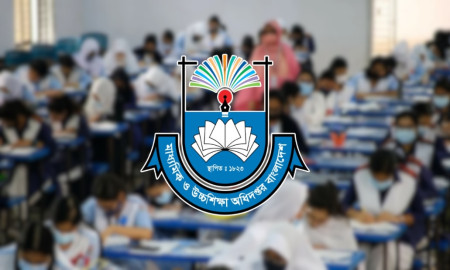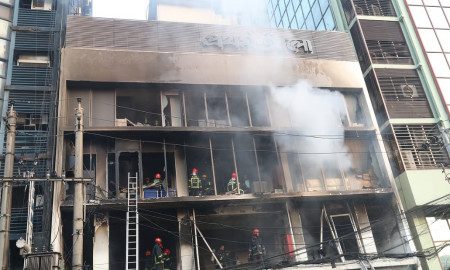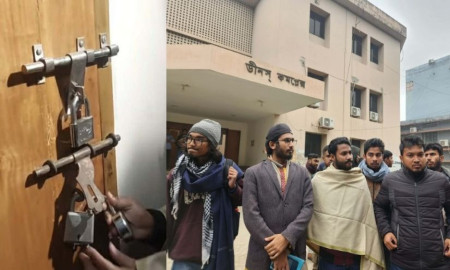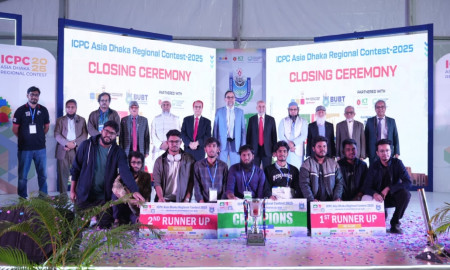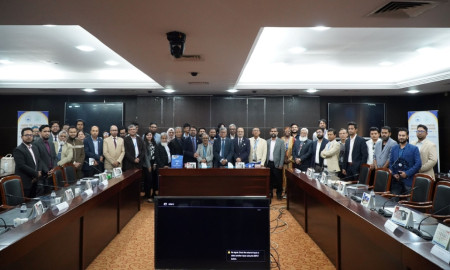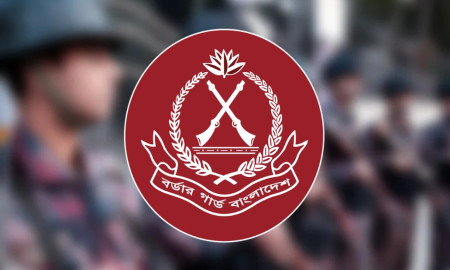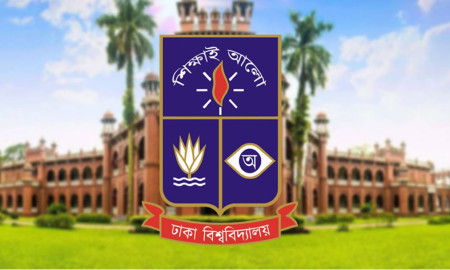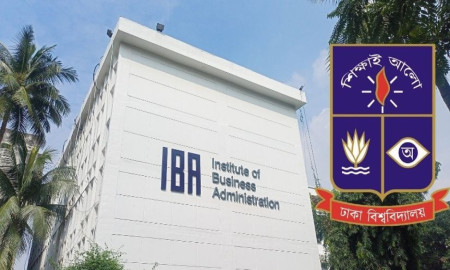A History of English-Medium Education in Bangladesh
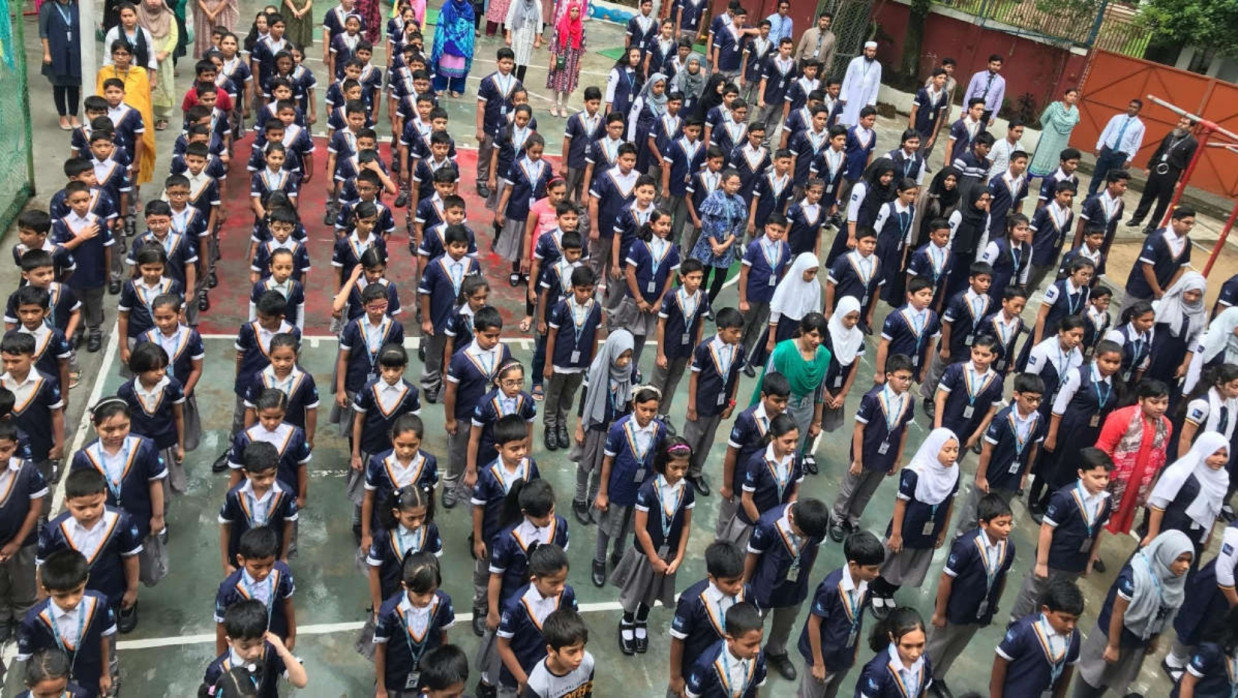
The evolution of English-medium education in Bangladesh is a multifaceted journey, deeply rooted in the colonial era and shaped by various phases in the post-independence period. Over time, it has grown significantly, becoming an integral part of the country’s education system. This article traces the historical trajectory of English-medium education in Bangladesh.
Colonial Era (British Rule): The Genesis of English Education
The origins of English-medium education in Bangladesh can be traced back to the British colonial period. The British sought to create a class of English-educated locals to facilitate their administrative and commercial operations, laying the foundation for English-medium schools and colleges.
Early Beginnings: In the early 19th century, Christian missionaries established the first English-medium schools in the region. While their primary aim was religious propagation, they also introduced modern education to locals. Organizations such as the Calcutta Baptist Mission and other missionary groups set up English schools, teaching subjects like science, history, and geography alongside the English language.
Government Initiatives: Recognizing the importance of English education, the British government began establishing English-medium schools and colleges. The 1835 Macaulay Minute played a pivotal role in promoting English as a medium of instruction across the Indian subcontinent. This policy led to the establishment of several government-supported English-medium institutions.
Notable Institutions: Among the prominent English-medium institutions founded during this period was the University of Calcutta in 1857, which served as a central hub for education in the region. Other government and private schools catered primarily to the elite, equipping them for government jobs and exposure to Western culture. However, access to this education remained limited for the general population.
Curriculum and Pedagogy: The curriculum in colonial English-medium schools was modeled on the British education system, emphasizing English literature, grammar, history, geography, mathematics, and science. Examinations followed the British format, with little focus on local languages or cultures.
Pakistan Era (1947–1971): Limited Expansion
Following the partition of India in 1947, Bangladesh (then East Pakistan) became part of Pakistan. During this period, the growth of English-medium education slowed considerably.
Government Policy: The Pakistani government prioritized Urdu as the national language, posing challenges to English-medium institutions. Nevertheless, demand for English education persisted among government officials and the affluent classes.
Private Initiatives: Several private English-medium schools were established, primarily by foreign organizations and missionaries. These schools, largely urban-based, remained inaccessible to the masses due to high costs.
Key Institutions: Notable English-medium institutions during this period included cadet colleges (where English was the medium of instruction), Holy Cross School and College, St. Gregory’s High School and College, and other renowned missionary schools, known for their high educational standards.
Curriculum and Pedagogy: English-medium schools during this era were primarily affiliated with the University of Cambridge and the University of London, preparing students for O-Level and A-Level examinations. The curriculum included English, science, mathematics, economics, and social sciences.
Independent Bangladesh (1971–Present): Rapid Growth and Diversification
The independence of Bangladesh in 1971 marked a turning point for English-medium education, with globalization increasing the demand for English proficiency and fueling its rapid expansion.
Early Phase (1970–1990): In the first two decades after independence, the growth of English-medium schools was modest but steady, particularly in urban areas. These schools were a preferred choice for parents whose children aspired to study abroad or whose families were involved with international organizations.
Mid-Phase (1990–2000): The 1990s saw a significant transformation in the private education sector. A surge in the establishment of English-medium schools, especially in Dhaka and other major cities, was driven by parents’ aspirations to provide their children with internationally recognized education.
Current Phase (2000–Present): Since the turn of the millennium, English-medium education has expanded dramatically, with schools now present in nearly every major city. These institutions follow international curricula, primarily Cambridge and Edexcel, catering to a growing demand for global-standard education.
Types of English-Medium Schools: Today, Bangladesh hosts a diverse range of English-medium schools. Some adhere strictly to international curricula from kindergarten to grade 12, while others integrate the national curriculum with an emphasis on English. Specialized institutions, such as international schools and those managed by foreign embassies, also exist.
Curriculum and Peda
gogy: English-medium schools in Bangladesh primarily follow two international curricula, equipping students with globally competitive knowledge and skills for higher education and international careers.
- Cambridge Assessment International Education: This curriculum includes Primary, Lower Secondary, IGCSE, and A-Level examinations, maintaining global standards in education and assessment.
- Edexcel: Another British curriculum, Edexcel offers IGCSE and International A-Level examinations in Bangladesh.



